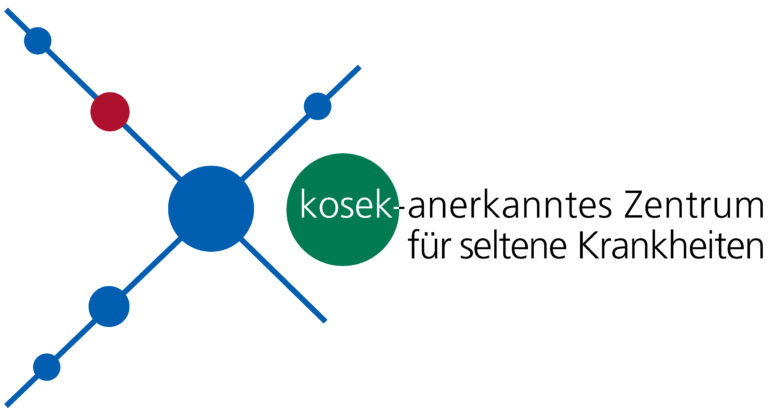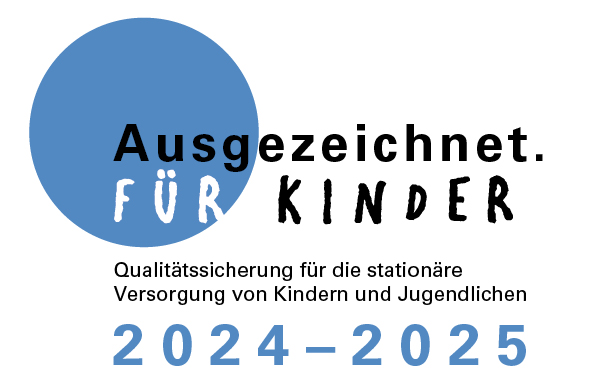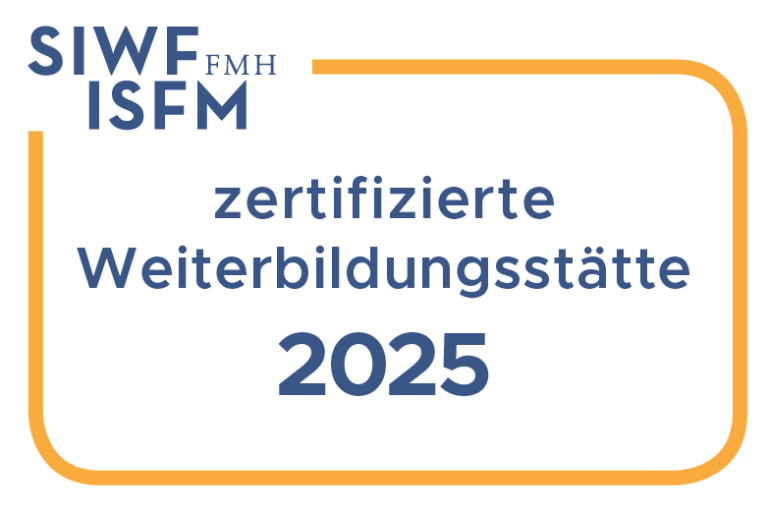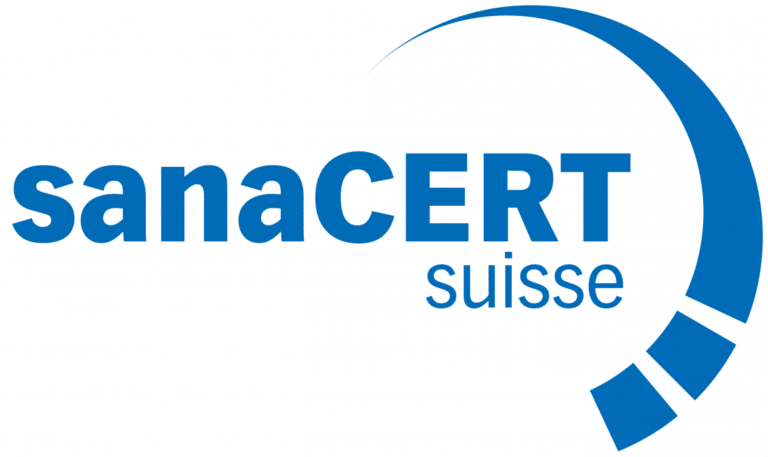Contact us
High contrast
This page has been translated automatically.
The Centre for Movement Analysis uses state-of-the-art technology to precisely record and analyse human movements. The results of the movement analysis serve as a basis for treatment decisions for a large number of patients with different diseases. The centre is an innovative research centre that increases knowledge and understanding of pathological movement disorders.
State-of-the-art technical aids (from so-called biomechanics) help us to analyse the movements and we thus know at which moment and by which muscles they are performed. Functional disorders can be uncovered. For example, the causes of limping can be identified. Gait analysis also enables specialists to check the success of treatment: Does the splint have the desired effect? Do patients walk normally again after the operation?
A gait analysis at UKBB is an experience! It is very important to our staff that the examination is pleasant for the child. Attaching the markers and electrodes is not unpleasant and turns your child into a superhero. It is necessary to walk a distance of about ten metres several times. The first recordings can then be viewed on the monitor.
A movement analysis is an examination in which a person's gait pattern is systematically analysed and evaluated. The aim is to analyse movement patterns when walking in order to identify any disorders or abnormalities in gait and to plan appropriate treatment measures.
Gait analyses are used at the UKBB for the following problems
The results of the gait analysis help our neuro-orthopaedic surgeons, physiotherapists and other colleagues to develop a customised therapy to improve mobility, to support the optimal rehabilitation process after surgery, to prevent re-injury and to measure the results of the treatment (outcome evaluation).
In children and adults with congenital or acquired changes to the spine, e.g. scoliosis, an extended examination may be necessary. Additional functional measurements provide information about the interaction of muscles, tendons and bones. The visualisation of movement makes it possible to create individual therapy plans to alleviate pain, improve mobility and stabilise the spine.
To enable an exact assessment of the spine, the normal 3D movement analysis is extended. This allows the movements and postures of the spine to be assessed. Electromyography (EMG), i.e. measuring the electrical activity of the muscles during movement, also provides data for a comprehensive analysis.
Due to the risk of increasing rotation and lateral curvature (scoliosis), the spine must be checked regularly. In this way, incorrect posture can be detected and treated and the risk of long-term pain and worsening disc pathology can be prevented. Depending on the severity of the curvature, treatment can range from brace treatment to straightening surgery.
The pressure progression, pressure distribution and deformation in the foot during standing or walking are analysed.
This examination is usually carried out using special sensors or pressure plates that measure the forces acting on different areas of the foot.
In children and adults with congenital or acquired foot anomalies, movements of the foot are specifically analysed using the Oxford Foot Model (OFM). For this purpose, additional markers are attached to the foot to define individual foot sections (hindfoot, midfoot, forefoot). In addition, the pressure of the soles of the feet on the ground is recorded using pressure measurement plates. The OFM ensures greater accuracy and provides additional data compared to the standard procedure. The aim is to determine the effects of the foot anomaly on the gait pattern and to be able to determine the best possible therapeutic approach. The results of these measurements help our doctors and therapists to draw up individual treatment plans, for example for orthopaedic insoles, physiotherapy or surgical interventions.
Generally healthy children and adults who experience pain and discomfort as a result of sporting activities can have a functional examination carried out at the UKBB.
Athletes can learn more about their typical movement sequences by analysing their movements. This enables them to improve their posture, technique, mobility or strength and thus prevent injuries and consequential damage. It is also possible to check whether sufficient stability has been built up after a knee operation, for example, to return to sporting activity. The athletes perform additional exercises such as squats and jumps. The measurement results allow far-reaching conclusions to be drawn about the strain on the joints and their position.
Leg axis determination with EOS is an imaging examination that is primarily used in orthopaedics to analyse the position of the leg axes and the spine. EOS stands for "energy-optimised X-ray systems" and is a procedure that enables low-radiation 2D and 3D imaging.
The patient stands in a special position while precise, high-resolution images are taken of them. These images help to assess the anatomical structures and the alignment of the joints, especially the knee, hip and spine. It is essential to stand as still as possible during the measurement. Handholds make it easier to stand.
The results of this analysis are important for the diagnosis and planning of treatments, such as surgical interventions or orthotic adjustments, and are interpreted together with the movement analysis data to create personalised models of muscle strength and joint loading.




058 387 78 82 (Costs are settled via the health insurance company)
In the event of an emergency abroad, call the emergency number of your health insurance company. You will find the contact details on your health insurance card.
145 (Poison and Information Centre)
University Children's Hospital of both
Basel, Spitalstrasse 33
4056 Basel | CH
Phone +41 61 704 12 12
© UKBB, 2025
The Medgate Kids Line provides quick and uncomplicated medical advice if your child is unwell. The medical team of our partner Medgate is available to you by telephone around the clock.
For emergencies abroad: Call the emergency number of your health insurance company. You will find this number on your health insurance card.
More information: On the Page of the emergency ward you will find everything you need to know about behaviour in emergencies, typical childhood illnesses and waiting times.
144 Outpatient clinic
145 Tox Info Suisse (Poisonings)
117 Police
118 Fire brigade
Which topic would you like to contact us about?
For praise or criticism, please use the Feedback form.